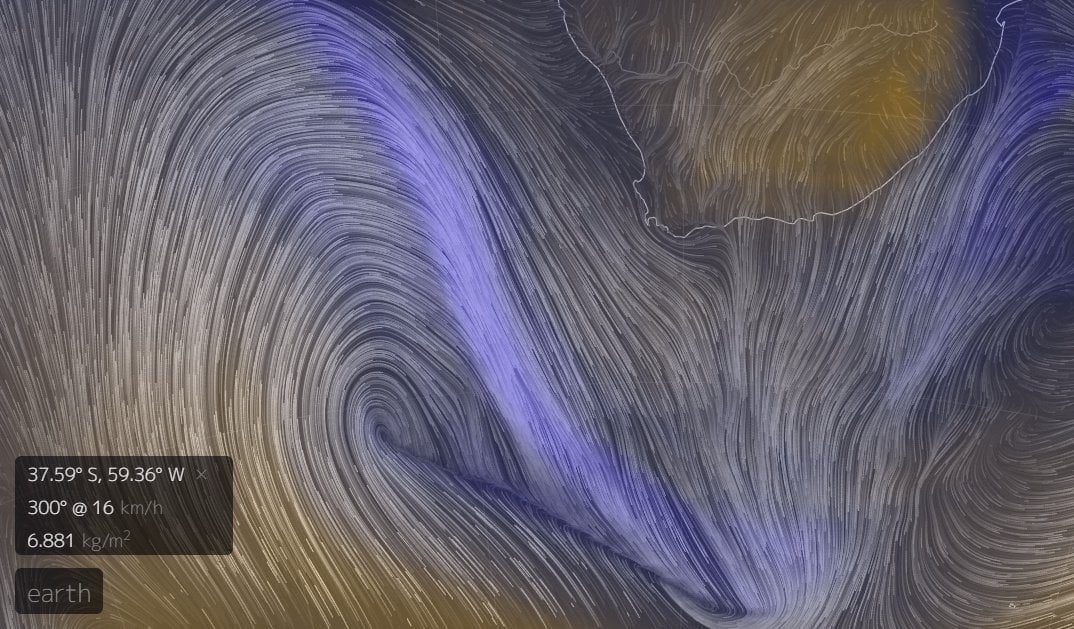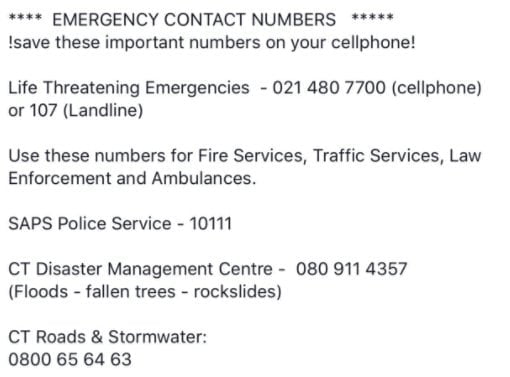And so, the GREAT STORM OF JUNE 2017© has passed over Cape Town. Schools were damaged, trees were toppled, roads were flooded, homes were lost, people were killed. Anyone lamenting the decision to close the schools here yesterday should maybe have taken a quick drive around and seen the devastation.
But I digress. Often.
On a lighter (no pun intended) note, there were also myriad photo opportunities, including some (or more) of spume – the technical name for that foam that covered everything in Sea Point and everywhere else.

But what is this stuff? Why is it there? Can I make my own sea foam? Is it dangerous? Can you eat it?
Never fear. We’re here to answer your questions.
It’s called spume, as I mentioned above. From the Latin spuma – “to froth or foam”.
And it’s there because chemicals within the seawater – usually naturally occurring chemicals such as salts, proteins, lipids and dead algae – act as surfactants. (Just like chemicals that you’ll find in your shampoo and shower gel.) Surfactants are chemicals which lower the surface tension of water, allowing for easy formation of tiny bubbles, especially when that water is agitated. And repeatedly flinging millions of tonnes of seawater from heights of around 10 metres directly onto rocks can certainly be considered agitation. And thus, billions of tiny bubbles are created with every wave hitting the shore.
When they adhere to one another, these tiny bubbles form spume, which is then thrown around by the waves and blown around by the wind until all our local roads are covered.
If you want to see this phenomenon from the warm comfort of your home, you can make your own sea foam in a jam jar. Fill it about 90% full of water (it’s ok, there’s loads to go around after this week), put the lid on and give it a good agitate (shake it). You make bubbles by the forcing air into the water, but then they quickly disappear as the surface tension kicks in and tells the water how it should be behaving.
Now add a teeny tiny drop of dishwashing liquid (full of surfactants) and maybe a drop of egg white (protein) or some of your wife’s Huge Muscle™ Supplement, and maybe a tiny blob of margarine (lipids). You don’t need much of any of these extra ingredients. Pop the lid back on (always a good idea) and give it another shake. This time, the bubbles stay put when you stop shaking. Bingo – sea foam.
Is spume safe? Yes, generally. But there are exceptions.
Those surfactants can also come from non-natural sources: sewage outlets, oil slicks, pollution and other places, like red tide algal blooms. A good sign of this is the presence of foam even when there is little agitation, or foam which is brown, black, red or thick (like a chocolate mousse). These foams are best avoided.
You shouldn’t eat spume. Don’t eat spume. Tell your kids not to eat spume.
6000 miles… Informing, Educating, Entertaining. And now craving a Milk Stout.







